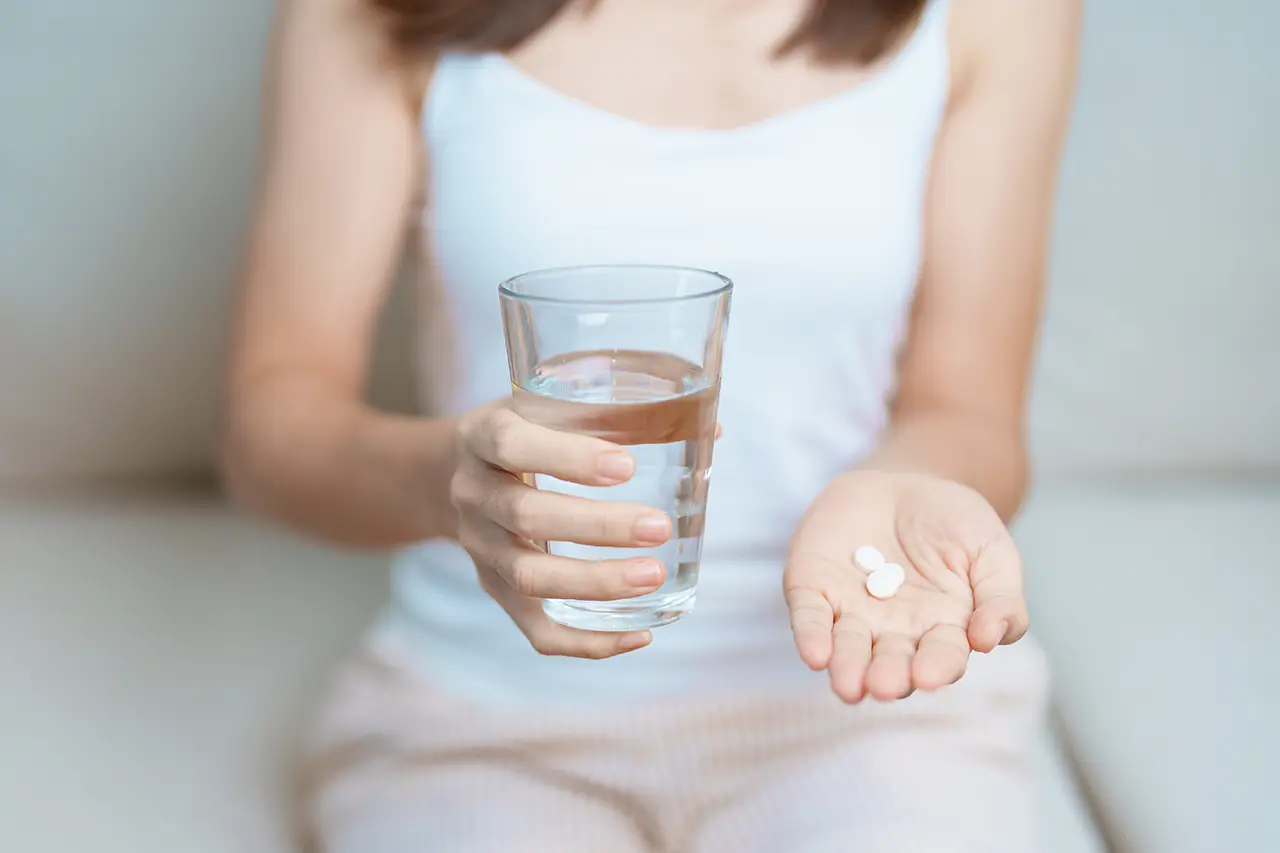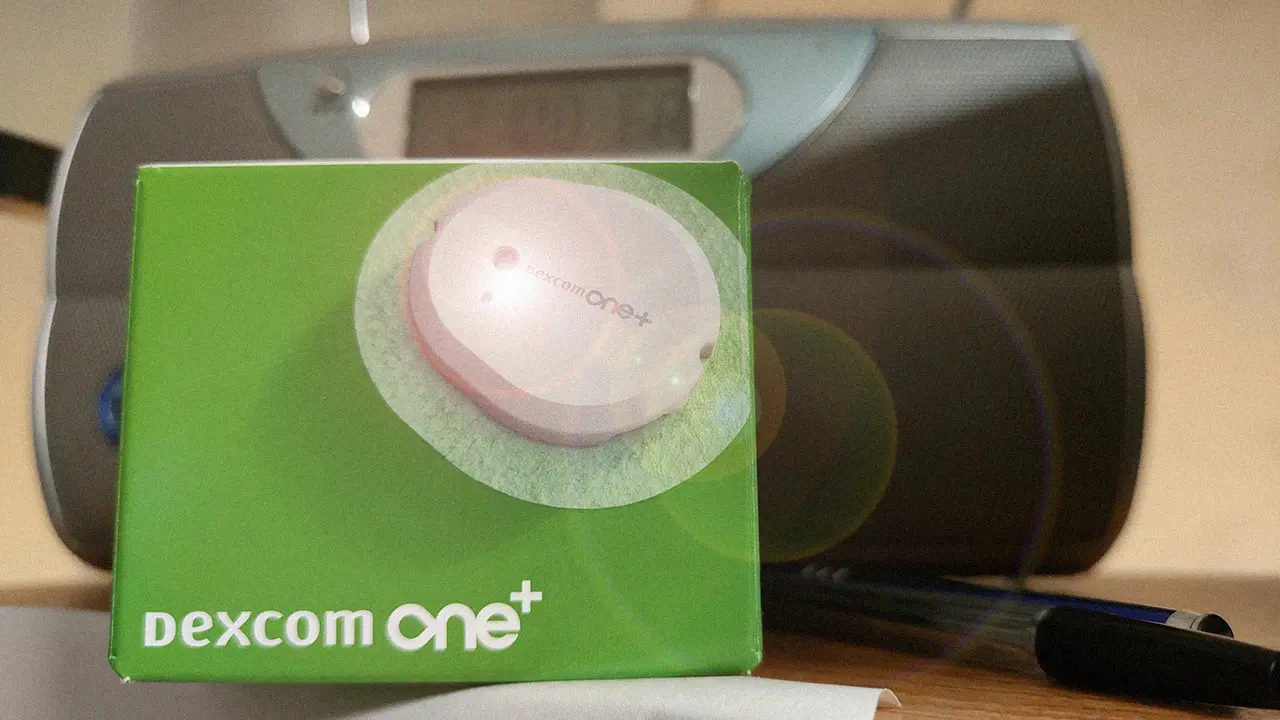Eating fruit and diabetes
Eating fruit provides a number of benefits for our health, I don’t even need to write about it. Fruits should be part of a balanced diet.
Can fruit be treated as a snack?
However, fruits are high in sugar, some diabetics worry that they have to give them up. Studies show that the sugar in whole fruits is not as dangerous as other sugars. Fruit is allowed, but not as an unpunished snack between meals, but as part of a meal.
Glycemic index of fruits
Natural fruits contain a sugar called fructose. Some have less of it, others more. Fruits with more sugar rank higher on the glycemic index and are primarily bananas, grapes, canned fruit and dried fruit. Fruits with a lower index have a lower impact on blood sugar levels and these are apples, pears, oranges, lemons, grapefruit, blueberries, strawberries, raspberries and blueberries. Unfortunately, we must control the portion size of fruits and combine them with foods that slow down the absorption of sugar. Fruit juices are not recommended. A high-protein yet low-fat diabetic snack before bed can help a diabetic stabilize blood sugar levels at night.
The dawn phenomenon and the Somogyi effect, and the diabetic’s diet
People with diabetes experience the dawn phenomenon and the Somogyi effect. Dawn phenomenon – between 3:00 – 8:00 there is a sharp rise in blood glucose, resulting in morning hyperglycemia. Somogyi effect – glucose levels drop between 2:00 – 3:00 at night. The body to raise sugar levels releases hormones. There may be too many of these and eventually we wake up with high sugar.
How does eating snacks affect sugar levels at night?
It is necessary to understand how our body processes sugar. This knowledge will allow a diabetic to consciously reach for a snack in the evening, before going to bed. Eating a diabetic snack before bedtime can prevent sugar drops at night and save us from the Somogyi effect. A diabetic should take night measurements once in a while and compare them with morning measurements. The situation is different for the lucky ones with a continuous blood glucose monitoring system. According to the American Diabetes Association, a variety of diabetic snacks can provide a healthy, balanced diet to help combat overweight or obesity. These, in turn, lead to serious complications with diabetes. The ADA’s 2019 Standards of Care suggest that a person should follow an individualized meal plan tailored to their current eating patterns, preferences and weight goals.
Choosing the right snack for a diabetic
A dietitian can help a diabetic choose the right snack. Evidence for the ideal snack is scarce. According to researchers, healthy snacks should include:
- high levels of protein,
- healthy fats,
- limited carbohydrates.
Healthy snacks for a diabetic to eat before bedtime.
Nuts and almonds
Almonds, walnuts and peanuts contain a lot of vitamins , minerals and healthy fats. Almonds also contain a lot of vitamin E, and walnuts are especially rich in omega-3 fatty acids.
Hard-boiled egg
Eggs are an excellent source of protein, with one large egg providing 6.29 grams. Eggs also contain very few carbohydrates.
Small carrots, cherry tomatoes or cucumber slices
These vegetables are a great choice for a snack. They are very low in calories , fat and carbohydrates, while offering plenty of vitamins and minerals. These vegetables also provide antioxidants and a high dose of fiber to improve heart and gut health. For more protein, add a slice of low-fat cheese to this low-calorie snack.
Sliced apple
Apples provide many vitamins, minerals and antioxidants. The ADA says apples can play an important role in a healthy diet for people with diabetes.
Sugar-free Greek yogurt
This yogurt is one of the healthiest types of dairy products. Yogurt contains calcium and high-quality protein.
Handful of seeds
Like nuts, seeds are an excellent source of protein, healthy fats and fiber. Try a small handful of a mix of sunflower, sesame and pumpkin seeds in the evening . There are plenty of low-calorie, high-protein snacks for diabetics to choose from. Add some fiber for additional health benefits.
Source: https://www.medicalnewstoday.com/articles/324881
Free-Photos image from Pixabay
How useful was this post?
Click on a star to rate it!
Average rating / 5. Vote count:
No votes so far! Be the first to rate this post.








